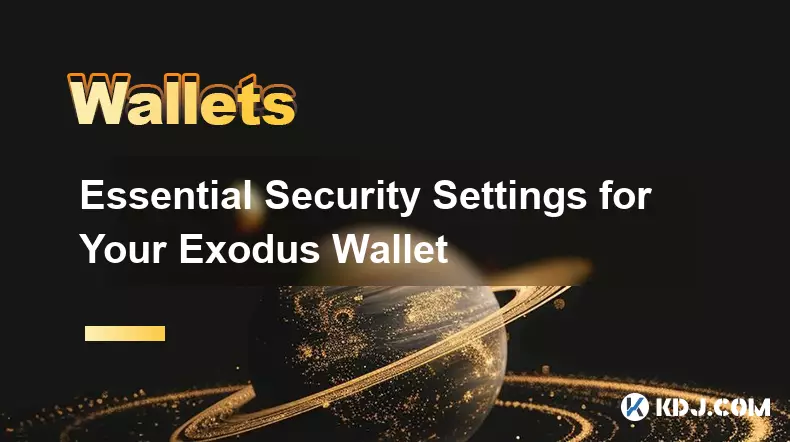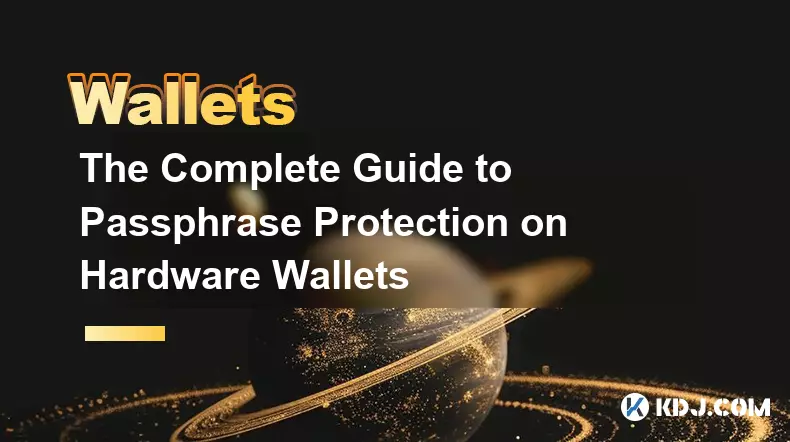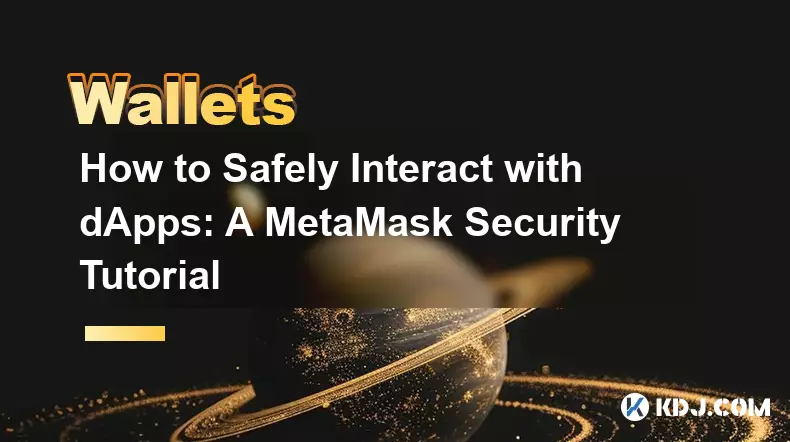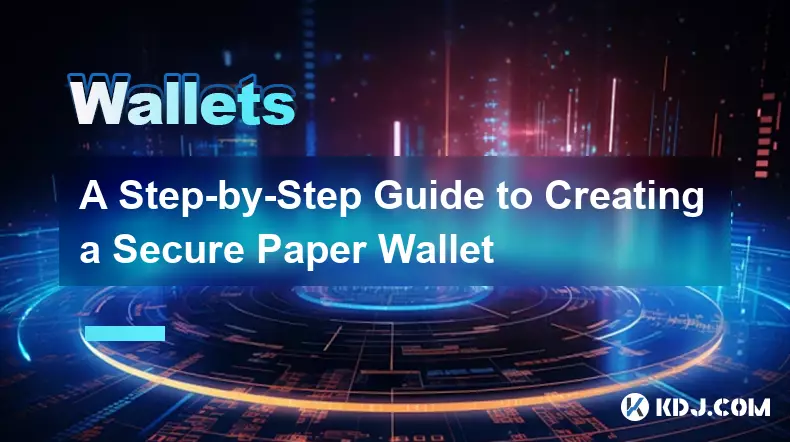-
 bitcoin
bitcoin $99177.955738 USD
-7.32% -
 ethereum
ethereum $3187.183061 USD
-12.38% -
 tether
tether $0.999809 USD
0.00% -
 xrp
xrp $2.117933 USD
-9.42% -
 bnb
bnb $906.710033 USD
-9.17% -
 solana
solana $149.367737 USD
-10.74% -
 usd-coin
usd-coin $0.999816 USD
0.01% -
 tron
tron $0.281498 USD
-0.38% -
 dogecoin
dogecoin $0.156292 USD
-8.00% -
 cardano
cardano $0.500744 USD
-10.19% -
 hyperliquid
hyperliquid $38.087358 USD
-4.58% -
 chainlink
chainlink $14.097831 USD
-8.54% -
 bitcoin-cash
bitcoin-cash $463.329916 USD
-9.22% -
 ethena-usde
ethena-usde $0.999078 USD
-0.01% -
 unus-sed-leo
unus-sed-leo $9.475862 USD
-0.79%
How to change the default network on Coinbase Wallet?
Coinbase Wallet supports multiple blockchains like Ethereum, Polygon, and BNB Chain; switching networks lets you access different dApps and tokens, but always verify the correct chain to avoid fund loss.
Nov 04, 2025 at 11:36 pm

Understanding Network Selection in Coinbase Wallet
1. Coinbase Wallet supports multiple blockchain networks, allowing users to interact with various decentralized applications and tokens. Each network operates independently, hosting its own set of assets and smart contracts.
2. The default network is typically set to Ethereum Mainnet upon initial setup. This is because Ethereum hosts the largest number of ERC-20 tokens and widely used dApps.
3. Users may need to switch networks when dealing with tokens from other ecosystems such as Binance Smart Chain, Polygon, or Arbitrum. Transactions cannot be executed on the wrong network, so accurate selection is critical.
4. Switching networks does not affect private keys or wallet address. The same wallet can interact across chains, though asset balances are specific to each network.
5. Gas fees vary significantly between networks. Ethereum often has higher fees compared to Layer 2 solutions like Optimism or sidechains like Polygon, making network choice both a functional and economic decision.
Steps to Change the Default Network
1. Open the Coinbase Wallet app and navigate to the home screen where your asset list appears. Tap on the network indicator located at the top of the screen, usually showing 'Ethereum' or another active chain.
2. A dropdown menu will appear listing available networks. These include Ethereum, Polygon, BNB Smart Chain, Arbitrum, Optimism, and others supported by the wallet.
3. Scroll through the list and tap on the desired network. Once selected, the interface will refresh to display assets and dApps relevant to that chain.
4. After switching, confirm the change by checking the network name at the top and attempting a small transaction or balance check on a dApp within the new network.
5. To avoid errors, always verify the network before sending funds. Sending assets to the correct address on the wrong chain can result in permanent loss.
Managing Custom Networks and Security Considerations
1. Advanced users can add custom RPC networks manually. This option allows connection to less common blockchains not listed by default in the wallet’s network selector.
2. When adding a custom network, input the correct RPC URL, chain ID, currency symbol, and block explorer URL. Incorrect details may lead to failed transactions or exposure to phishing sites.
Never add a custom network from an untrusted source. Malicious RPC endpoints can simulate fake balances or intercept transaction data.3. Coinbase Wallet does not support cross-chain swaps natively. Users must use trusted bridges or centralized exchanges to move assets between networks, always verifying contract addresses beforehand.
4. Some dApps automatically prompt network changes when accessed through the built-in browser. Granting permission for this action is safe only if the website is verified and legitimate.
Frequently Asked Questions
How do I know which network a token belongs to?Check the token contract on a blockchain explorer like Etherscan or Polygonscan. The domain of the explorer indicates the network—etherscan.io for Ethereum, polygonscan.com for Polygon, etc.
Can I lose funds by selecting the wrong network?Yes. If you send tokens to a valid address but on the wrong network, the transaction may succeed on that chain but the recipient won’t receive the intended asset. Recovery requires manual intervention and is not guaranteed.
Why doesn’t my token appear after switching networks?Tokens are network-specific. Ensure you’re on the correct chain where the token exists. You may need to manually add the token contract if it’s not auto-detected by the wallet.
Does changing networks cost gas?No. Simply switching the network view in the wallet interface does not incur any fees. Fees apply only when broadcasting transactions on a blockchain.
Disclaimer:info@kdj.com
The information provided is not trading advice. kdj.com does not assume any responsibility for any investments made based on the information provided in this article. Cryptocurrencies are highly volatile and it is highly recommended that you invest with caution after thorough research!
If you believe that the content used on this website infringes your copyright, please contact us immediately (info@kdj.com) and we will delete it promptly.
- ICP Price Trendline Breakout: Eyes on $10 Upside Target?
- 2025-11-05 17:25:01
- Bitcoin Price Dive: Market Sell-Off and Crypto Rollercoaster
- 2025-11-05 17:25:01
- Bitcoin's Bearish Blues: Analysts Assess the Downturn
- 2025-11-05 17:30:01
- Momentum, Hype, Launch: Riding the Crypto Rollercoaster, NYC Style
- 2025-11-05 17:30:01
- Bitcoin, Monero, Crypto Presales: Decoding the Trends and Unearthing Hidden Gems
- 2025-11-05 17:30:01
- Crypto Buys Alert: BullZilla Roars as Cronos Cools Down
- 2025-11-05 17:30:01
Related knowledge

Public vs. Private Keys: A Core Concept for Wallet Security
Nov 05,2025 at 03:18pm
Understanding Public and Private Keys in Cryptocurrency Wallets1. In the world of cryptocurrency, public and private keys form the foundation of walle...

Essential Security Settings for Your Exodus Wallet
Nov 05,2025 at 08:00am
Understanding Exodus Wallet Security Fundamentals1. Exodus is a software wallet that allows users to store, manage, and exchange various cryptocurrenc...

Reviewing Smart Contract Permissions: A Critical Security Step
Nov 01,2025 at 04:55pm
Understanding Decentralized Exchanges in the Crypto Ecosystem1. Decentralized exchanges (DEXs) have reshaped how traders interact with digital assets ...

The Complete Guide to Passphrase Protection on Hardware Wallets
Nov 03,2025 at 10:37am
Understanding Passphrases in Hardware Wallets1. A passphrase, often referred to as a 25th word, adds an additional layer of security beyond the standa...

How to Safely Interact with dApps: A MetaMask Security Tutorial
Nov 04,2025 at 02:54am
Understanding dApp Interaction Risks1. Decentralized applications (dApps) operate on blockchain networks, enabling users to trade tokens, lend assets,...

A Step-by-Step Guide to Creating a Secure Paper Wallet
Nov 05,2025 at 04:39am
Understanding the Basics of a Paper Wallet1. A paper wallet is a physical document that contains the private and public keys of a cryptocurrency addre...

Public vs. Private Keys: A Core Concept for Wallet Security
Nov 05,2025 at 03:18pm
Understanding Public and Private Keys in Cryptocurrency Wallets1. In the world of cryptocurrency, public and private keys form the foundation of walle...

Essential Security Settings for Your Exodus Wallet
Nov 05,2025 at 08:00am
Understanding Exodus Wallet Security Fundamentals1. Exodus is a software wallet that allows users to store, manage, and exchange various cryptocurrenc...

Reviewing Smart Contract Permissions: A Critical Security Step
Nov 01,2025 at 04:55pm
Understanding Decentralized Exchanges in the Crypto Ecosystem1. Decentralized exchanges (DEXs) have reshaped how traders interact with digital assets ...

The Complete Guide to Passphrase Protection on Hardware Wallets
Nov 03,2025 at 10:37am
Understanding Passphrases in Hardware Wallets1. A passphrase, often referred to as a 25th word, adds an additional layer of security beyond the standa...

How to Safely Interact with dApps: A MetaMask Security Tutorial
Nov 04,2025 at 02:54am
Understanding dApp Interaction Risks1. Decentralized applications (dApps) operate on blockchain networks, enabling users to trade tokens, lend assets,...

A Step-by-Step Guide to Creating a Secure Paper Wallet
Nov 05,2025 at 04:39am
Understanding the Basics of a Paper Wallet1. A paper wallet is a physical document that contains the private and public keys of a cryptocurrency addre...
See all articles










































































